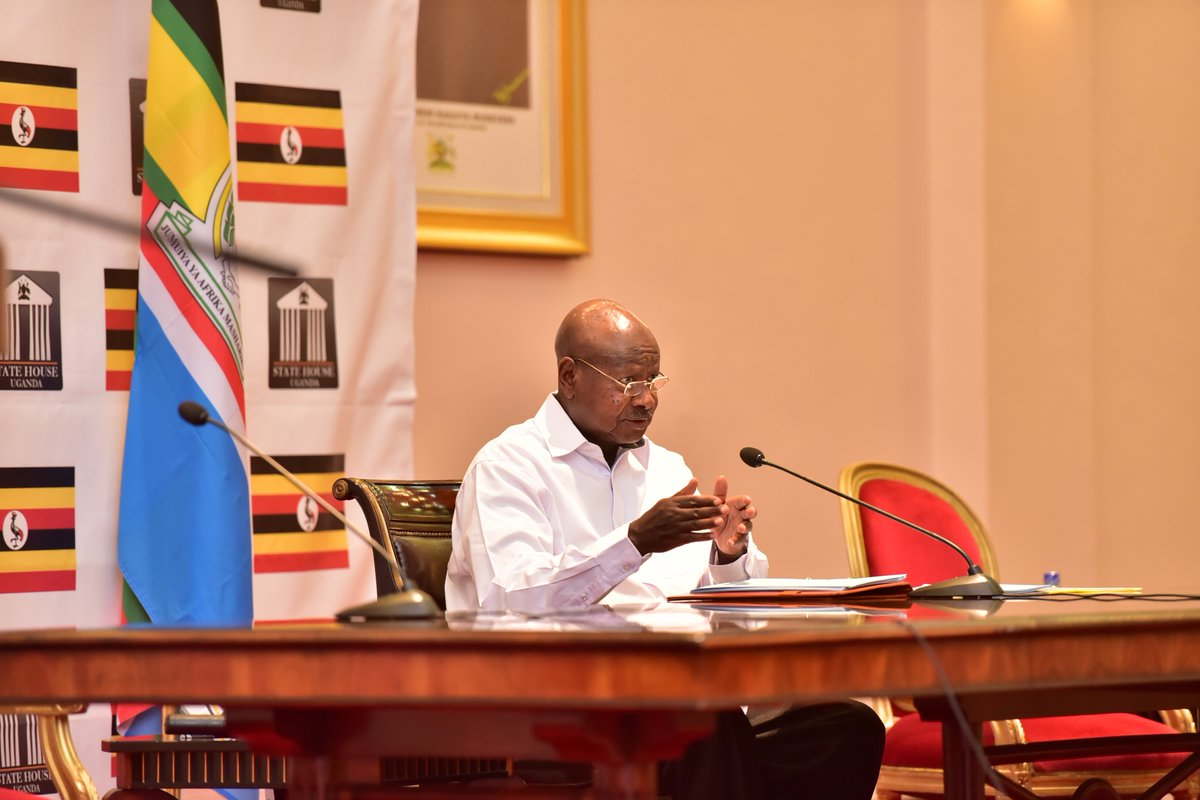The Uganda shilling drifted in narrow range after hitting a near two year low as a result of the Central Bank intervention that was triggered by demand pressures during the week ending 27th October 2017.
Trading was in the range of 3655/3665 during.
Market players remained square to long, taking a cautious approach as political events in Kenya unfolded.
In the interbank money market, there was sufficient liquidity with overnight funds holding steady at 7% while 1 week funds traded at 10%.
In the fixed income space, 130 billion was on offer for the Treasury bill auction, Yields continued on the downward trajectory as investors appetite remained high against reduced offer size. Rates came out at 8,717%, 9.026% and 9.315% for 91,182 and 364 days respectively.
In the regional markets, the Kenya shilling weakened and hit the lowest level since August and traded at 103.75/55 as markets players were seen building positions in advance over concerns of potential violence during the repeat elections. Markets closed mid week.
In international markets, the US dollar held firm supported by the prospects of US tax reforms as well the narrow down of two likely candidates for next Federal Reserve Chair. Markets perceptions for both Jerome Powell and John Taylor indicate that they could steer policy in a more hawkish direction.
“In the coming days, the [Uganda] Shilling is likely to remain in bearish territory as the effects of the Central Bank intervention wear off, however a bit of support could come from end month flows,” says Stephen Kaboyo, a market analyst and Managing Director at Alpha Capital Partners.






